This Dr. Axe content is medically reviewed or fact checked to ensure factually accurate information.
With strict editorial sourcing guidelines, we only link to academic research institutions, reputable media sites and, when research is available, medically peer-reviewed studies. Note that the numbers in parentheses (1, 2, etc.) are clickable links to these studies.
The information in our articles is NOT intended to replace a one-on-one relationship with a qualified health care professional and is not intended as medical advice.
This article is based on scientific evidence, written by experts and fact checked by our trained editorial staff. Note that the numbers in parentheses (1, 2, etc.) are clickable links to medically peer-reviewed studies.
Our team includes licensed nutritionists and dietitians, certified health education specialists, as well as certified strength and conditioning specialists, personal trainers and corrective exercise specialists. Our team aims to be not only thorough with its research, but also objective and unbiased.
The information in our articles is NOT intended to replace a one-on-one relationship with a qualified health care professional and is not intended as medical advice.
What Is Sodium Lauryl Sulfate? Where It’s Found + Risks
March 28, 2022
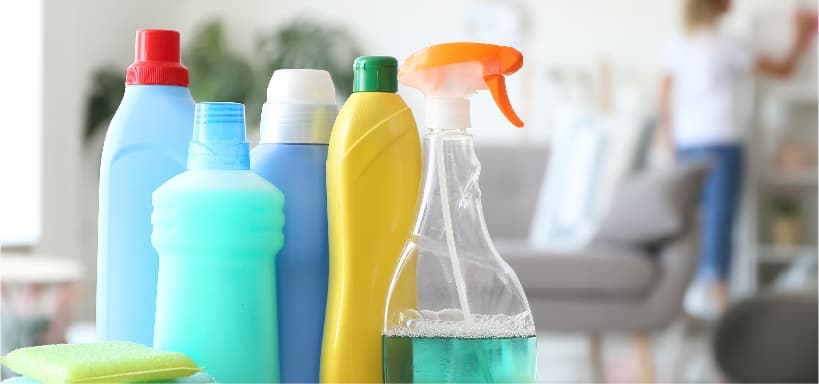
Although you’re probably not aware of it, many skin care and beauty products contain chemicals that are commonly irritating. One example is sodium lauryl sulfate (SLS), which is added to things like cleansers and soaps.
What is sodium lauryl sulfate? In this article we’ll look closely at what this mystery ingredient does, plus products you’ll find it in and how you can avoid it.
What Is Sodium Lauryl Sulfate?
Sodium lauryl sulfate is a surfactant ingredient that helps bind together oil and water molecules. It also acts as an emulsifier or thickener.
It sometimes goes by other names, including sodium dodecyl sulfate and sodium laureth sulfate.
It’s found in skin care and household products, such as washes and detergents, to help them work better once they’re mixed with water. You’ll also find it in tiny amounts in some foods that have a foamy texture.
SLS can be derived from both natural sources, such as coconut and palm kernel oil, and also made in a lab synthetically.
One of the reasons you’ll find it in so many different products is because it’s cheap to produce, abundant, and it works well to create products that foam, lather and bubble.
The downside to applying products containing SLS to your skin is that they can be irritating and allergenic. That’s because SLS can remove protective oils from the surface of the skin, leaving it susceptible to dryness, inflammation and short-term damage.
Where It’s Found
You’ll find sodium lauryl sulfate in foamy, bubbly and soapy products, including:
- Facial cleansers
- Body washes and shower gels
- Shampoos
- Hand soaps
- Detergents
- Toothpastes
- Bubble bath
- Cleaning products for your home
Foods that contain SLS include marshmallows, dried egg products and fruit juices.
While SLS on its own can be drying and problematic, it’s often used in combination with other harmful ingredients, such as perfumes, paragons and synthetic additives, making matters worse.
Is It Safe? Dangers, Risks and Side Effects
Is sodium lauryl sulfate harmful to humans? Certain human and animal studies have found that it can be mildly irritating to the skin when used in high amounts or with long exposure times.
For example, one small study found that SLS exposure over 24 hours caused some participants to experience water loss in the skin, changes in the skin barrier and other signs of inflammation.
It’s widely known that SLS is aggravating to sensitive skin, which is why it’s not included in many natural skin care products. It’s even more likely to aggravate the skin of people with topic dermatitis (eczema), rosacea and psoriasis.
If you use other drying ingredients, such as acne treatments, or you’re prone to dry skin normally, chances are high that this ingredient won’t agree with you.
Among people who are sensitive to SLS, they can potentially develop side effects such as:
- skin dryness
- redness
- itchiness
- peeling and scaling
- sore or swollen skin
What if you swallow it? Is sodium lauryl sulfate safe in toothpaste?
Research suggests that SLS can penetrate the skin and likely the mucous membranes in the mouth, however according to most experts, there’s no solid scientific evidence indicating that use of SLS products can cause cancer.
It’s only used in small amounts in most products, and it’s thought that not enough SLS can penetrate into the body to have long-term harmful effects.
On the other hand, some experts worry that when SLS is made it may potentially become contaminated with known carcinogens, such as 1,4-dioxane and ethylene oxide, which are known to be harmful to human health. However, studies to date don’t back this up.
According to the U.S. Food and Drug Administration, SLS is a safe multipurpose additive that can be added to foods like egg replacements and juices in tiny amounts without causing harm.
Why Is It Used? Potential Benefits
What does sodium lauryl sulfate do that makes it such a widespread ingredient? As mentioned above, it helps bind oil and water molecules together in soapy products. This allows products to trap grime, dirt, food and other junk and then wash them away.
Therefore, uses and potential benefits of SLS include:
- Breaking up and soaking up stains, debris and grease from things like carpets, dishes, etc.
- Removing excess oil and makeup from skin
- Removing food particles from teeth
- Thickening/emulsifying ingredients in certain foods
Is sodium lauryl sulfate banned?
No, it’s legal to use in the U.S. in many dermatological and household products, as well as some foods.
It might seem strange that this ingredient is known to be harmful to the skin, yet it’s still allowed to be added to many products. The reason it isn’t totally banned is because it’s added to products that are normally only used on the skin briefly, then rinsed off, such as washes and soaps.
Authorities believe that if it doesn’t make contact with the skin for a long time, then it’s safe to use.
In most countries, when a product is intended to stay on the skin for a long time, such as a lotion, it can legally contain no more than 0.05% to 2.5% SLS in order to limit the risk for negative reactions.
How to Avoid It
Some products containing SLS include a brief warning somewhere stating that there’s a chance the product could cause skin irritation, dryness or redness on sensitive skin. If you have sensitive skin, always read ingredient labels carefully, and opt for natural skin care products as much as possible, including those that are homemade or store-bought but labeled hypoallergenic and organic.
If you are going to use products containing SLS, try to avoid heating them and mixing them with very warm water, since this can open up the skin’s pores and lead to worsened reactions. One study found that warmer water caused SLS to lead to more skin irritation.
When it comes to avoiding it in foods, your best bet is to limit consumption of processed foods (such as bottled juices, frozen meals and liquid eggs) and read ingredient labels.
Conclusion
- Is sodium laureth sulfate safe for skin? This ingredient is used in many skin and household products and can be irritating, especially to sensitive or dry skin.
- SLS is added to things like cleansers, soaps, washes, detergents, toothpastes and even some processed foods.
- If you’re experiencing red, dry, itchy or peeling skin, read the ingredients in your skin care products (especially ones that are foamy and lather up with lots of suds and bubbles). Avoid those with sodium lauryl sulfate, and opt for natural, moisturizing ingredients instead.
Comments
Please keep comments under 200 characters.



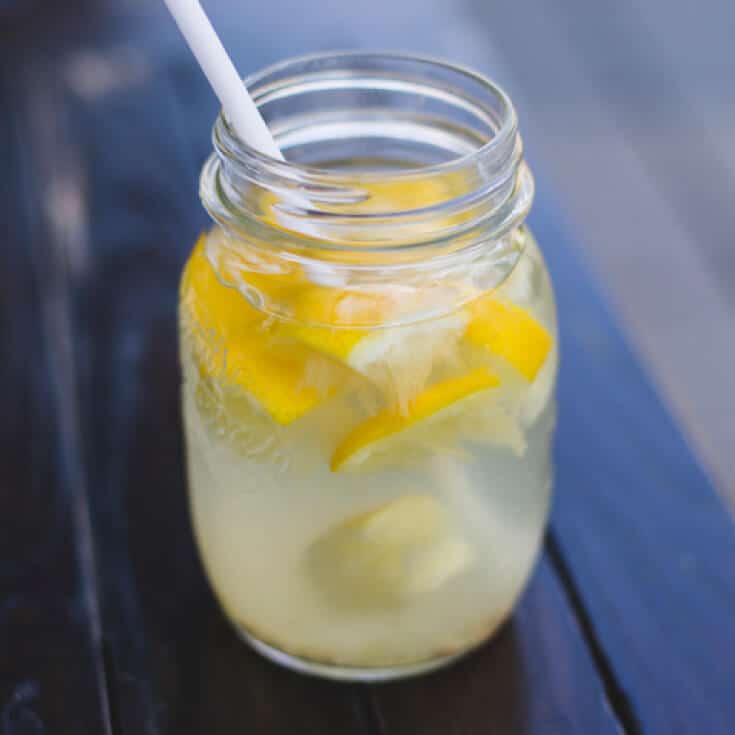

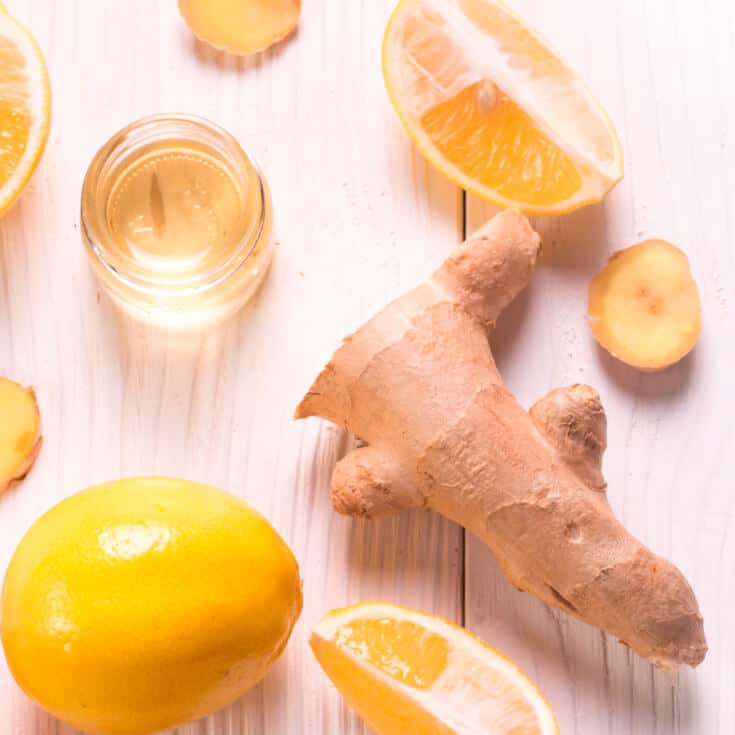

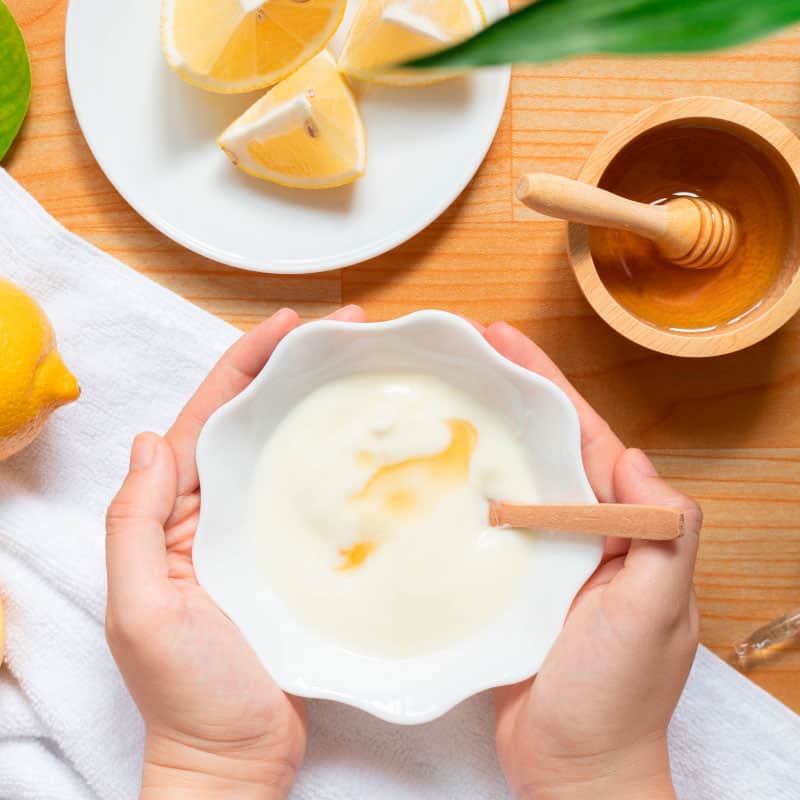

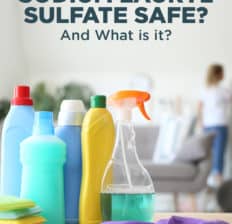
I’ve read this product causes baldness that it can break down the hair folical ( shampoo)
Very helpful!!!Maybe it was in the Dawn dish detergent I bought which caused eczema? Some ingredient made it impossible to use.
I had used a cheap laundry detergent 2 weeks ago and did a lot of laundry with it — in hot water. I could NOT figure out what was causing an extremely itchy red rash but now I know what it was (Sodium Lauryl Sulfate).
From a lot of research today I know there is an ingredient called Sodium Laureth Sulfate which is different as it has been treated in some way to lessen irritation – and as I look at my shampoo–it contains that–but I have no issues there.
I am getting in contact with the company that makes this laundry detergent — and will see what happens.
I wanted to know is there a difference between SLS that says it is plant derived and just regular SLS.
I do know that when I brush my teeth with Colgate or Crest my tongue really burns like fire. I have burning tongue syndrome and this must be a problem for me. I’m just now finding out what causes it.
I would also be interested in the mechanism by which SLS causes the dryness, for example does it bind to certain cell receptors and therefore prevent another cell function from occurring normally. Also some references would be good. This article is nicely written and easy to understand. Thank you.
I’ve read were SLS causes canker sores (very sensitive sores in the mouth especially on the tongue) from toothpaste that contains it. I changed toothpaste and have seen a drastic decrease in the outbreaks. I am searching for other foods or hygiene products that contain it and will dismiss them from my diet and personal use. I bring this up because, as mentioned, if you suffer from allergies, dry skin,(regardless of the cause) or a number of other uncomfortable symptoms, this chemical could be the cause. It is certainly worth the effort if it gives you comfort. Thank you!
Dennis
Is it (sodium laureth sulphate) flameable when in bulk?
I can’t use sulfer,
Who can you trust about anything?who interprets the evidence? Who gets paid to block it? Who controls the narrative and the guillotine? Democracy?Pontius Pilate: What is truth?
Thank you for the information. If a product contains the plant derived version of the SLS do the same risk of skin irritation applies? A company states they use a plant derived version of sls so they consider their product to be healthy. What are your thoughts. Should this just be avoided?
Yes, it is not good for me,